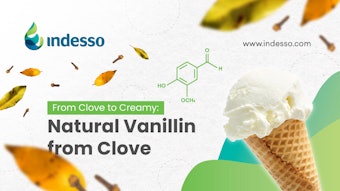Specifically, they looked at the effect on texture, flavor release and sensory perception effects on sugar-free chewing gum.
According to the paper:
Time course analysis of the exhaled breath and saliva during chewing gum mastication indicated that flavor solvent addition or type did not influence the aroma release profile; however, the sorbitol release rate was statistically lower for the triacetin formulated sample in comparison to those with propylene glycol, medium chained triglycerides, or no flavor solvents. Sensory time-intensity analysis also indicated that the TA formulated sample was statistically lower in perceived sweetness intensity, in comparison with the other chewing gum samples, and also had lower cinnamon-like aroma intensity, presumably due to an interaction between sweetness intensity on aroma perception. Measurement of the chewing gum macroscopic texture by compression analysis during consumption was not correlated to the unique flavor release properties of the TA-chewing gum. However, a relationship between gum base plasticity and retention of sugar alcohol during mastication was proposed to explain the different flavor properties of the TA sample.
The authors followed up this report by looking into the “mechanisms of cinnamaldehyde release from a sugar-free chewing gum.” The study included 8 min breath analyses of chewing gum samples. The results showed that cinnamaldehyde concentrations in the breath were up to three times higher in the first stage of chewing than later phases. However, the p-cresol concentration remained constant throughout. On the other hand, the release of cinnamaldehyde and cresol from a flavored gum base containing no sugar alcohol phase was similar over an 8-min consumption period. The authors concluded:
On the basis of tandem mass spectrometry, cinnamaldehyde was reported to react with sorbitol and generate hemiacetal reaction products that were not stable under slight alkaline conditions; it was suggested to revert back to free cinnamaldehyde and sugar alcohol in the oral cavity. The increased polarity of these transient cinnamaldehyde-sorbitol hemiacetal reaction products would result in a more rapid release rate of cinnamaldehyde than would be typically predicted based on the affinity of cinnamaldehyde for the gum base.
Other topics discussed: The Maillard reaction, Case study of “popcorn lung," The link between olfaction and sex, Masculinity/femininity perceptions in fine fragrance, Why women use makeup, Fragrance release and stability, Isoeugenol derivatives in perfumes










